Introduction
Chinese broccoli, known as gai lan in Cantonese, is a leafy green vegetable celebrated for its crisp texture and distinct flavor. However, one common challenge home cooks face is eliminating its natural bitterness, which can overpower the dish if not managed properly. This article delves into the science behind the bitterness in gai lan and provides actionable, step-by-step methods to transform this vegetable into a delightful addition to any meal. From blanching techniques to strategic seasoning, we explore how to balance flavors and textures to achieve a harmonious, bitter-free result.
Understanding the Bitterness in Chinese Broccoli
Before diving into cooking methods, it’s essential to grasp why gai lan tastes bitter. The vegetable contains compounds called glucosinolates, which are sulfur-containing chemicals responsible for its sharp, peppery flavor. While these compounds offer health benefits, such as antioxidants and anti-inflammatory properties, they can also render the dish unpalatable if not neutralized during cooking. Additionally, the stems and leaves of older plants tend to accumulate more glucosinolates, making younger, tender gai lan less bitter by nature.
Blanching: The Foundation of Bitterness Reduction
Blanching is a preliminary cooking step that involves briefly boiling vegetables and then shocking them in ice water. This method serves dual purposes: it softens the fibers of the gai lan, making it more tender, and leaches out excess glucosinolates.
Step-by-Step Blanching Guide
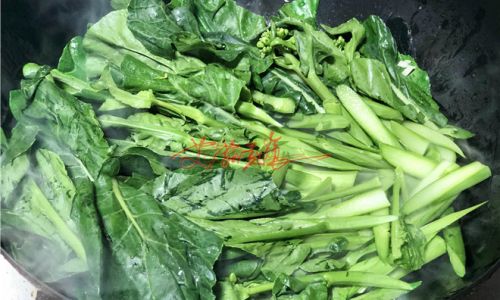
- Prepare an Ice Bath: Fill a large bowl with ice and cold water. This stops the cooking process and preserves the vegetable’s vibrant green color.
- Boil Water: Bring a pot of water to a rolling boil. Add a tablespoon of salt per liter of water to enhance seasoning and lower the boiling point slightly, aiding in nutrient retention.
- Blanch the Gai Lan: Submerge the vegetable in boiling water for 1–2 minutes. For thicker stems, increase the time to 3 minutes. Use tongs to ensure even cooking.
- Shock in Ice Water: Immediately transfer the blanched gai lan to the ice bath. Let it chill for 2–3 minutes, then drain thoroughly.
Why Blanching Works
The heat from boiling water breaks down cell walls, releasing glucosinolates into the cooking water. The ice bath halts enzymatic activity that could reintroduce bitterness. This process also sets the vegetable’s color, ensuring it remains visually appealing.
The Baking Soda Trick: Neutralizing Bitterness Chemically
Baking soda (sodium bicarbonate) is a mild alkaline agent that can neutralize acidic compounds, including those contributing to bitterness. When added to blanching water, it raises the pH, creating an environment where glucosinolates are less soluble.
How to Use Baking Soda Effectively
- Measure Precisely: Add ¼ teaspoon of baking soda per liter of blanching water. Excessive amounts can make the gai lan mushy and impart a soapy aftertaste.
- Stir Gently: Dissolve the baking soda completely before adding the vegetable.
- Monitor Cooking Time: Blanch for no longer than 2 minutes to prevent over-softening.
Science Behind the Method
Glucosinolates are more stable in alkaline environments, meaning they are less likely to leach into the water. However, baking soda’s primary role here is to mask bitterness rather than eliminate it, making it a complementary technique to blanching.
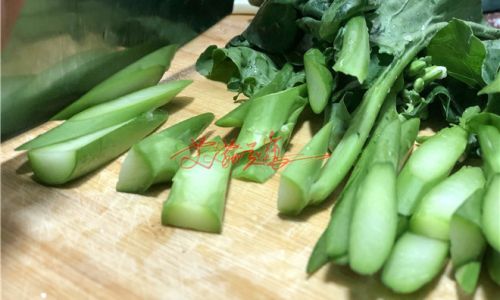
Seasoning Mastery: Balancing Flavors with Umami and Aromatics
Even after blanching, gai lan benefits from strategic seasoning to mask residual bitterness. The key is to layer flavors using umami-rich ingredients and aromatic elements that divert the palate’s attention.
Essential Seasonings and Their Roles
- Garlic and Ginger: These aromatics add pungency and warmth. Sauté them in oil until fragrant before adding the gai lan.
- Oyster Sauce: A staple in Cantonese cuisine, oyster sauce imparts a savory, slightly sweet depth that counteracts bitterness.
- Sesame Oil: A drizzle of toasted sesame oil at the end introduces nutty richness.
- Soy Sauce: Use light soy sauce for saltiness without overpowering the dish.
- Sugar: A pinch of sugar enhances the vegetable’s natural sweetness, balancing residual bitterness.
Stir-Frying Technique
After blanching, stir-fry the gai lan in a hot wok with oil. The high heat caramelizes the seasonings, creating a complex flavor profile. Ensure the wok is smoking hot to prevent steaming, which can make the vegetable soggy.
Cooking Methods Beyond Blanching: Steaming and Roasting
While blanching is effective, alternative cooking methods can also mitigate bitterness when applied correctly.
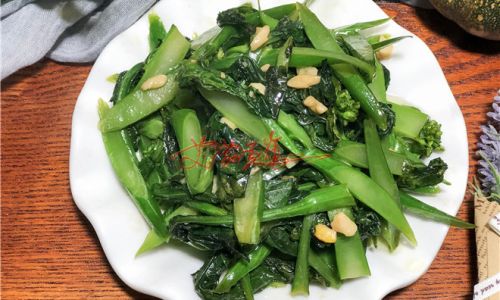
Steaming for Delicate Flavors
Steaming preserves more nutrients than boiling and maintains the vegetable’s crispness. However, it’s less efficient at removing bitterness. To compensate:
- Steam gai lan for 3–4 minutes, then toss it in a mixture of sesame oil, soy sauce, and a touch of honey.
Roasting for Caramelization
Roasting concentrates flavors through caramelization. Toss blanched gai lan in olive oil, salt, and pepper, then roast at 200°C (400°F) for 10–12 minutes until tender and slightly charred. The Maillard reaction creates sweet, savory notes that mask bitterness.
Selecting and Preparing Gai Lan: The Role of Freshness
The age and quality of gai lan significantly impact bitterness. Younger stalks have thinner stems and smaller leaves, which are inherently less bitter.
How to Choose the Best Gai Lan
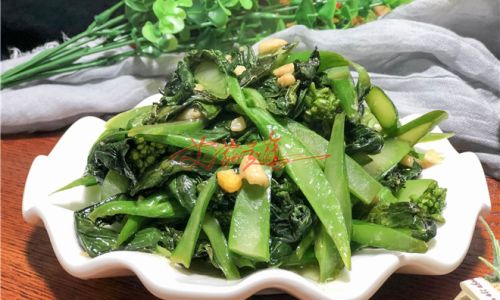
- Stem Thickness: Opt for stalks no thicker than a pencil. Thicker stems indicate maturity and higher glucosinolate content.
- Leaf Color: Vibrant green leaves with no yellowing or wilting are ideal.
- Texture: The stems should feel firm, not rubbery, when squeezed.
Preparation Tips
- Trimming: Remove 1–2 inches from the base of the stems, as this is the most fibrous and bitter part.
- Peeling Thick Stems: If using mature gai lan, peel the outer layer of thick stems with a vegetable peeler to reduce bitterness.
Pairing with Complementary Ingredients
Certain ingredients synergize with gai lan to create a balanced dish. For example:
- Mushrooms: Their earthy flavor complements the vegetable’s freshness.
- Tofu: Silken tofu adds creaminess, while fried tofu provides texture.
- Fermented Black Beans: These add a salty, umami kick that distracts from bitterness.
Avoiding Common Mistakes
Even with the right techniques, errors can undermine your efforts. Here’s what to avoid:
- Overcooking: Gai lan turns mushy and releases more glucosinolates when cooked beyond tenderness.
- Under-Seasoning: Bitterness becomes pronounced without adequate salt or flavor enhancers.
- Skipping the Ice Bath: This step is non-negotiable for preserving color and texture.
Advanced Technique: Fermentation
For adventurous cooks, fermenting gai lan can transform its flavor profile. Lacto-fermentation introduces beneficial bacteria that break down glucosinolates, reducing bitterness while adding tanginess.
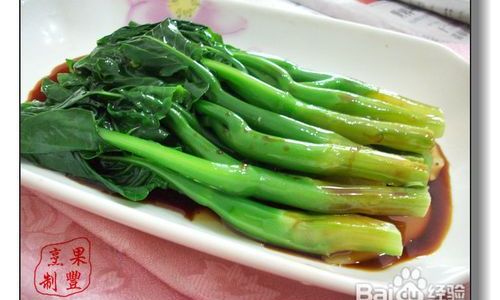
Fermentation Process
- Prepare Brine: Dissolve 2% salt by weight in water.
- Pack Jars: Submerge blanched gai lan in the brine, ensuring it’s fully covered.
- Ferment: Leave at room temperature for 3–5 days, then refrigerate.
Conclusion
Cooking Chinese broccoli without bitterness requires a multi-faceted approach: blanching to leach out glucosinolates, strategic seasoning to balance flavors, and selecting fresh, tender produce. By combining these techniques, even novice cooks can elevate gai lan into a dish that’s both nutritious and delicious. Whether stir-fried, steamed, or roasted, this versatile vegetable deserves a place in your culinary repertoire—free from bitterness, full of flavor.
Final Tip
Experiment with these methods to find your preferred balance. Remember that a touch of bitterness can enhance a dish’s complexity, so the goal isn’t elimination but harmony. With practice, you’ll master the delicate dance of transforming gai lan into a star ingredient.
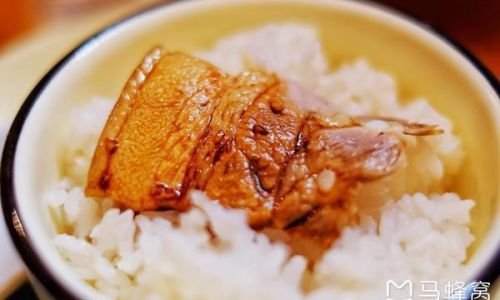
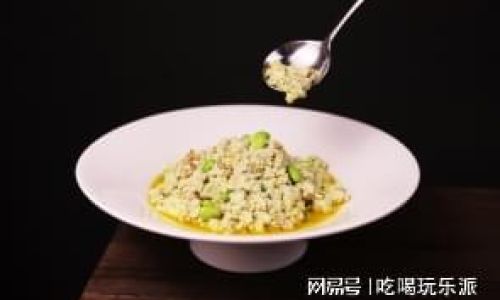
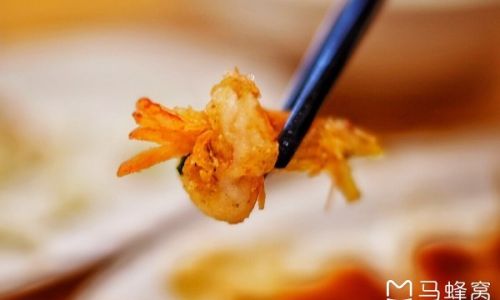

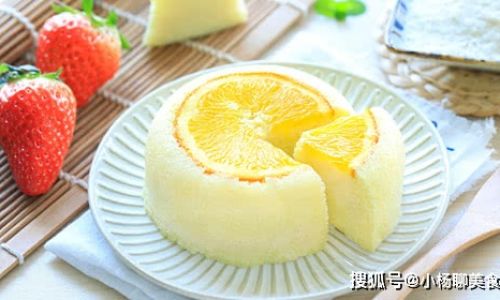
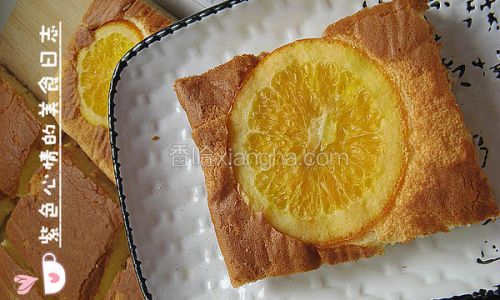
0 comments